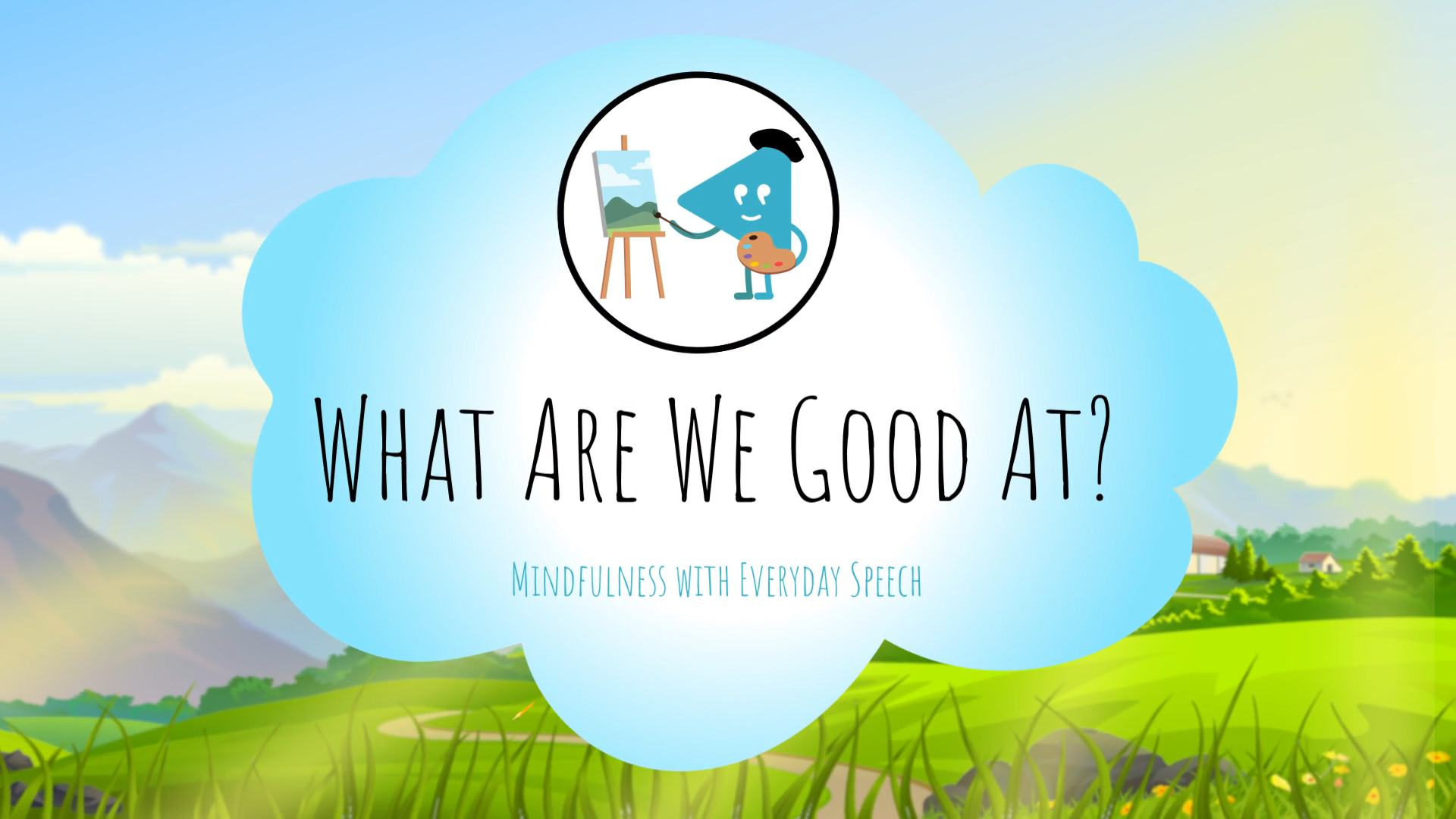
Introduction
Understanding and recognizing our strengths is essential for personal growth and happiness. As educators, it is important to help students identify their talents and abilities, which can be categorized into four main types: Emotional Strengths, Social Strengths, Learning Strengths, and Physical Strengths. By acknowledging their strengths, students can develop self-confidence and engage in activities that make them feel happy and fulfilled. In this blog post, we will discuss a no-prep activity to help students discover their strengths, followed by discussion questions and related skills.
No-Prep Activity
This activity aims to help students identify their strengths without requiring any preparation or materials from the educator. Simply follow these steps:
- Divide the students into small groups of 3-5.
- Ask each group to discuss and list their Emotional, Social, Learning, and Physical Strengths.
- Encourage students to reflect on the activities they enjoy and the traits required for those activities, as well as how they interact with others and their learning preferences.
- Once the groups have completed their lists, ask each student to share one strength they discovered about themselves with the class.
- As a class, discuss how each strength can be used in various aspects of life.
Discussion Questions
Facilitate further discussions by asking your students these questions:
- Why is it important to recognize and focus on your strengths?
- How can knowing your strengths help you in your daily life and in your future?
- How can you use your strengths to help others or contribute to your community?
- What are some strategies for improving areas where you might not be as strong?
- How can you support your friends and classmates in recognizing and developing their strengths?
Related Skills
Beyond identifying their strengths, students can benefit from developing other related skills, such as:
- Goal setting: Encourage students to set goals based on their strengths and interests.
- Self-awareness: Help students become more aware of their emotions, thoughts, and behaviors.
- Communication: Teach students effective ways to express themselves and their ideas.
- Collaboration: Show students how to work together and use each other’s strengths to achieve a common goal.
- Resilience: Help students develop the ability to bounce back from challenges and setbacks.
Next Steps
Now that you have explored the importance of recognizing strengths in students and engaged them in a no-prep activity, it’s time to continue your journey in integrating Social-Emotional Learning principles into your classroom. Visit Everyday Speech to sign up for free samples of materials that can help you and your students develop a variety of essential skills. By recognizing and nurturing their strengths, you can empower your students to reach their full potential and lead happy, fulfilling lives.

